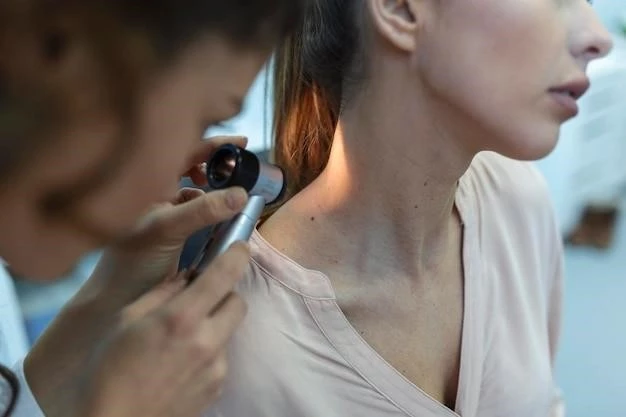Causes of Bullous Ichthyosiform Erythroderma Congenita
Bullous Ichthyosiform Erythroderma Congenita is primarily caused by mutations in the KRT1 or KRT10 genes, which encode proteins in the skin. These genetic mutations lead to the formation of faulty skin cells, resulting in the characteristic symptoms of the condition. In some cases, the condition can also be inherited from parents who carry the faulty gene.
Symptoms of Bullous Ichthyosiform Erythroderma Congenita
Individuals with Bullous Ichthyosiform Erythroderma Congenita may experience thickened, blistering skin that sheds constantly, leading to red, scaly patches. Other common symptoms include itching, pain, difficulty regulating body temperature, and an increased risk of infections due to skin barrier impairment. These symptoms can significantly impact the quality of life of affected individuals.

Managing Bullous Ichthyosiform Erythroderma Congenita
Treatment options for Bullous Ichthyosiform Erythroderma Congenita
Management of Bullous Ichthyosiform Erythroderma Congenita focuses on symptomatic relief, including emollients to hydrate the skin, topical steroids for inflammation, and antibiotics for infections. In severe cases, systemic retinoids or phototherapy may be recommended. It is essential to work closely with dermatologists for a personalized treatment plan.
Diagnosis of Bullous Ichthyosiform Erythroderma Congenita
Diagnosing Bullous Ichthyosiform Erythroderma Congenita involves a thorough physical examination, skin biopsies, and genetic testing to identify mutations in the KRT1 or KRT10 genes. Dermatologists and genetic specialists play a vital role in confirming the diagnosis and developing a tailored management plan for individuals with this rare condition.
Advancements in Research and Support
Research advancements in treating Bullous Ichthyosiform Erythroderma Congenita
Ongoing research into Bullous Ichthyosiform Erythroderma Congenita is focused on developing targeted therapies, including gene therapy and novel medications, to address the underlying genetic defects and improve symptom management. Collaborative efforts among researchers and clinicians aim to enhance treatment options and ultimately enhance the quality of life for individuals affected by this rare condition.
Management strategies for Bullous Ichthyosiform Erythroderma Congenita
Effective management of Bullous Ichthyosiform Erythroderma Congenita involves a multidisciplinary approach that includes regular skin care, use of specialized skincare products, consistent follow-up with healthcare providers, and psychological support to cope with the emotional impact of the condition. Collaboration with dermatologists, genetic counselors, and mental health professionals is essential for comprehensive care and improved quality of life.
Prognosis of Bullous Ichthyosiform Erythroderma Congenita
The prognosis for individuals with Bullous Ichthyosiform Erythroderma Congenita varies depending on the severity of the condition and the effectiveness of treatment. While there is no cure, proactive management can help alleviate symptoms and improve quality of life. Close monitoring by healthcare professionals, adherence to treatment plans, and emotional support are essential for optimizing outcomes and providing holistic care for those affected by this rare skin disorder.
Support groups for individuals with Bullous Ichthyosiform Erythroderma Congenita
Support groups play a crucial role in providing individuals with Bullous Ichthyosiform Erythroderma Congenita a platform to connect, share experiences, and access emotional support. These groups offer a sense of community, valuable resources, and guidance for coping strategies, enhancing overall well-being for both patients and their families. Joining support groups can help individuals feel understood, empowered, and less isolated while navigating the challenges associated with this rare skin disorder.
